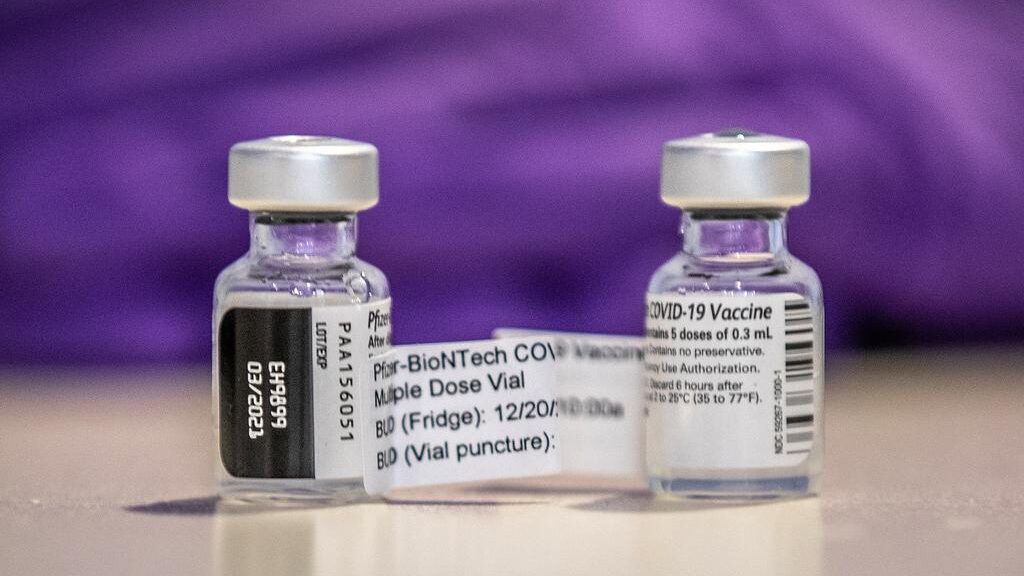Article originally published in the Philadelphia Business Journal on February 15, 2021.
A primary requirement of any mission critical initiative is that it must be fully operationalized. It is imperative that every detail be thought through to uncover and address flaws before the initiative is launched. This did not happen with the rollout of the Moderna and Pfizer-BioNTech Covid-19 vaccines.
Every day the news media is filled with stories about the frustrations with the vaccine rollout. There are not enough vaccine doses to effectively vaccinate all those in the priority categories which initially included those 75 years of age and older. On Jan. 12, the age limit was lowered by the Trump Administration to individuals 65 years of age, further straining limited vaccine supplies and overwhelming the websites of vaccine providers.

My wife and I are over 65 and therefore qualify to receive the vaccine. We spent hours searching the internet for vaccine provider locations and then waited for the site to respond so we could make appointments for our first inoculations.
When we could get onto a website, we were asked to sign up and were told we would be notified when appointments opened. The website of one vaccine provider where we could make an appointment listed the number of people ahead of us at 30,100.
We managed to make appointments at a vaccine center some 60 miles away, but within a week, those appointments were canceled due to their desire to administer the limited vaccine available to the local community.
After days of again searching the internet for vaccine provider locations, I was finally able to make an appointment at a local pharmacy and my wife was able to make one at a nearby medical center.
In both cases, there was no mention on their websites about scheduling an appointment to receive the second dose. We tried to make second appointments by logging back onto these providers’ websites, but found no appointments were available four weeks after our first dose. We learned from friends that an appointment to receive a second vaccine dose would be made at the time we receive our first dose. This information was eventually posted on our vaccine provider websites.
The system in place undermines the trust and confidence that the provider chosen will have the vaccine available. Due to this lack of confidence, people are signing up at multiple locations. After receiving their first dose, most people likely won’t cancel subsequent appointments to free those up for others.
Individuals who are not internet savvy will need a friend or family member to navigate the appointment process for them. This is also the case for those in disadvantaged communities. There is no other practical way for them to make an appointment. A method needs to be available so they can also get inoculated.
I could go on and on. I am sure many readers have had their own issues with the vaccine rollout initiative or know people who have. Why is this occurring? It’s simple – the rollout was not fully operationalized before launch to identify and resolve issues.
Approximately 14 million people were vaccinated by year-end 2020, compared with a goal of 20 million. The goal was set without stress-testing the complex strategies and actions needed to achieve the goal. There is a lack of adequate coordination among Pfizer/Moderna and the federal, state and local governments on supply chain issues that were bound to crop up.
U.S. Army General Gus Perna was named by President Donald Trump to head Operation Warp Speed, the initiative tasked with rolling out the vaccine. During a press conference on Dec. 19, Perna acknowledged the failure to meet vaccine delivery goals.
Perna said, “I want to take personal responsibility for the miscommunication… I had to lower the allocations to meet the releasable doses that were presented to me [by the vaccine manufacturers]. So to the governors [and their] staffs, please accept my personal apology if this was disruptive in your decision-making.” It’s refreshing to hear a government-appointed official take responsibility for not meeting a goal.
In order to ramp up production of the Covid-19 vaccines, on Jan. 22 President Joe Biden announced that he would invoke the Defense Production Act. He has set a goal to inoculate 100 million Americans within the next 100 days. Biden will establish 100 vaccination centers throughout the country. The Pentagon will deploy military personnel to supplement those individuals administering vaccine inoculations.
Biden’s Covid vaccine team, teams appointed by state and local government officials and vaccine providers, will need to better operationalize every step in the process to deliver vaccine into the arms of individuals, including the process of making an appointment. Confidence needs to be built in the vaccine delivery system. It needs to work more effectively.
Stan Silverman is founder and CEO of Silverman Leadership and author of “Be Different! The Key to Business and Career Success.” He is also a speaker, advisor and widely read nationally syndicated columnist on leadership, entrepreneurship and corporate governance. He can be reached at Stan@SilvermanLeadership.com.

